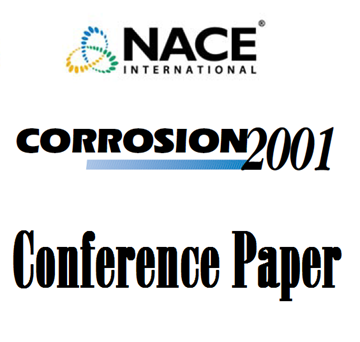Search
01638 APPLICATIONS OF GALVANIZED REBAR IN REINFORCED CONCRETE STRUCTURES
Also Purchased
98653 CORROSION OF THE ZINC ALLOY COATING IN GALVANIZED REINFORCED CONCRETE
Product Number:
51300-98653-SG
ISBN:
98653 1998 CP
$20.00
01428 INSPECTION OF HOT DIP GALVANIZED ARTICLES
Product Number:
51300-01428-SG
ISBN:
01428 2001 CP
Publication Date:
2000
$20.00
05262 Performance of Galvanized Reinforcing Steel in Carbonated Concrete Specimens
Product Number:
51300-05262-SG
ISBN:
05262 2005 CP
$20.00




